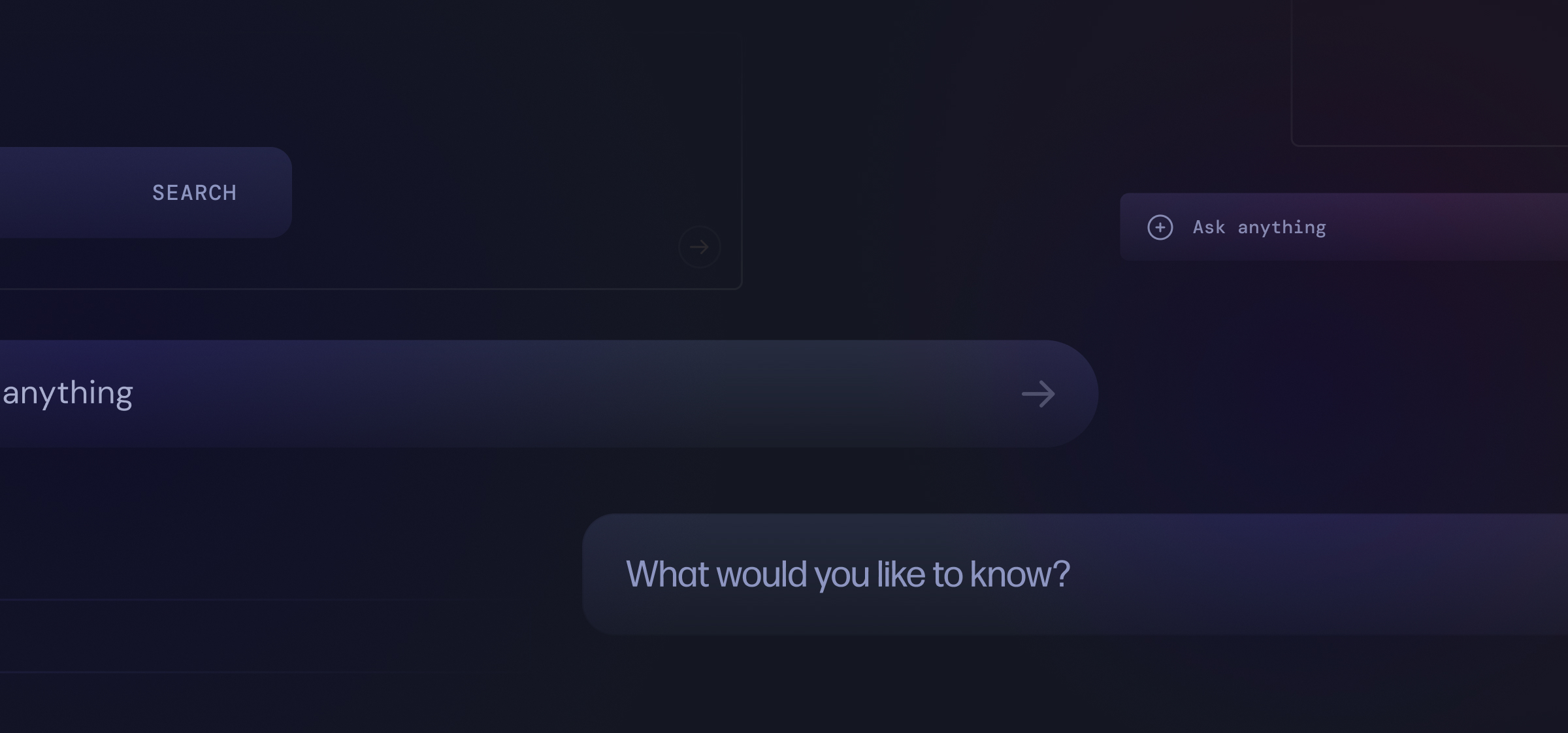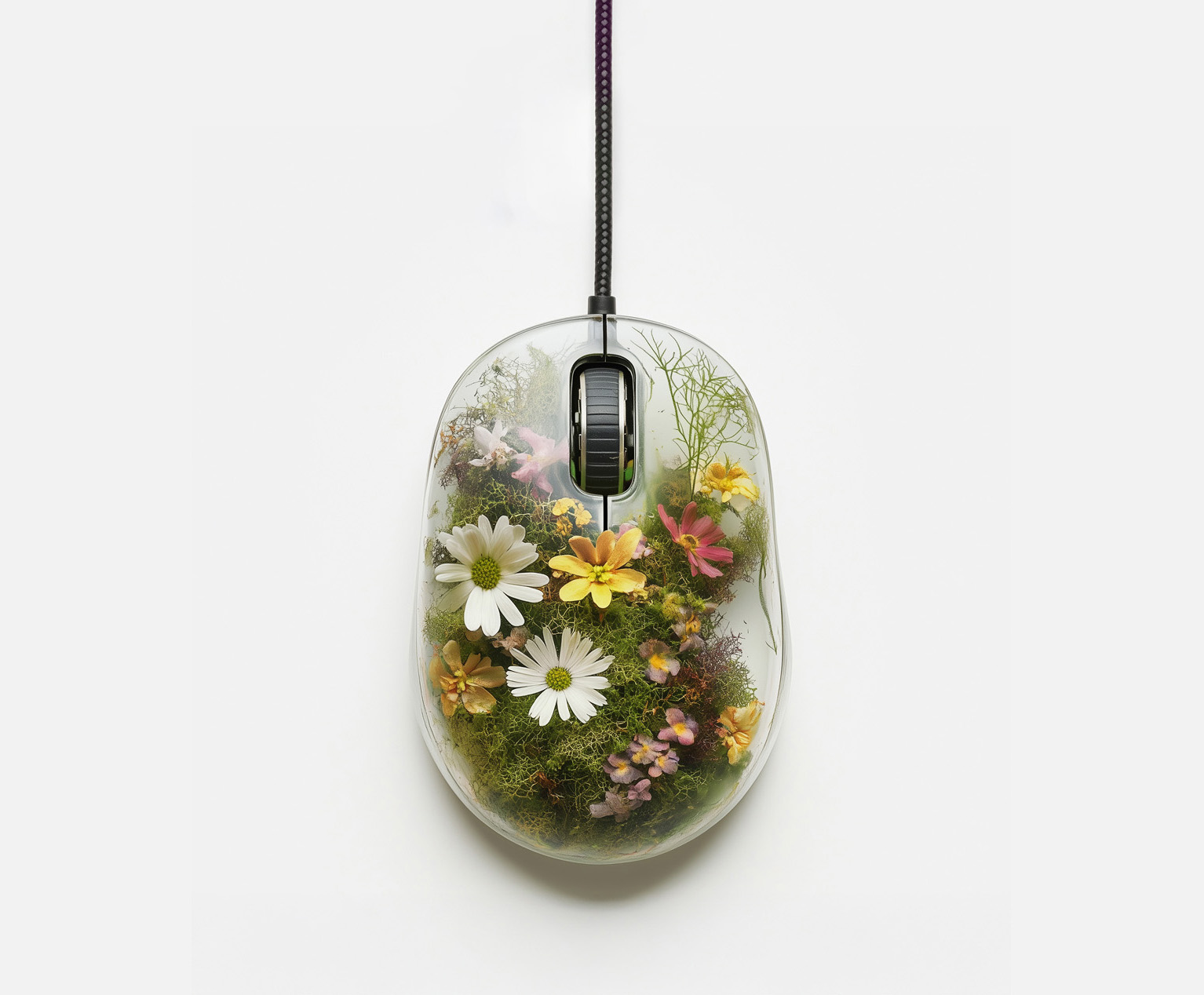
Insights
Part II: Human computing
A design manifesto
By
Doug Cook
—
19
Jun
2025
We are not users of computers. We are partners in thinking.
This simple shift in perspective marks computing’s Copernican revolution. For decades, Human-Computer Interaction (HCI) defined our relationship with technology through strict separation: humans on one side, computers on the other.
Human-Centered Design (HCD) built on this foundation, teaching us to empathize with users and design for their needs. But both share the same premise: humans vis-à-vis technology, with design as the bridge between them.
That paradigm is ending. We are entering the age of Human Computing: an era where intelligence is no longer human alone.

The age of co-intelligence
Traditional HCI assumed a duality: users issued commands, systems responded. The exchange was bounded, transactional. But today, computing is ambient, distributed, and invisible. Smartphones anticipate, writing tools co-create, navigation adapts in real time.
When systems learn, reason, and anticipate, reshaping our patterns and decisions, where does the human end and the computer begin?
What emerges is co-intelligence: systems where human imagination and machine computation become coauthors of an evolving thought process. We no longer script machines; we speak to them.
AI, in turn, adapts to our creative patterns, learns from our preferences, and evolves alongside us. This mutual shaping, where human insight and algorithmic reasoning interlace, is the essence of Human Computing.
The choice before us
This transformation raises profound questions about agency, control, and responsibility. If we design these systems without care, we risk embedding bias, deepening dependence, and outsourcing the very judgment that defines us.
Yet the promise is just as profound. We can create co-intelligence capable of solving complex problems, creative synthesis that exceeds individual capacity, tools that think with us rather than for us.

But Human Computing will not shape itself. We must move beyond designing interfaces to designing for intelligence.
This means building systems that preserve human judgment, expose their reasoning, and remain aligned with our values. The question is not whether this shift will take hold, but how we will shape it. Will we design partnerships that amplify our humanity, or drift toward dependencies that erode it?
This is the manifesto for Human Computing: we are not users of computers; we are partners in thinking. Partners in a new form of co-intelligence that is neither human nor machine, but something unprecedented in the history of thought.
Continue reading the full series on Human Computing
Part 1: From scenic to semantic (The Foundation)
Part 3: Beyond the interface (The Framework)
Let’s shape the future together. Subscribe to our newsletter and join the conversation on LinkedIn!

Doug Cook
Doug is the founder of thirteen23. When he’s not providing strategic creative leadership on our engagements, he can be found practicing the time-honored art of getting out of the way.









































